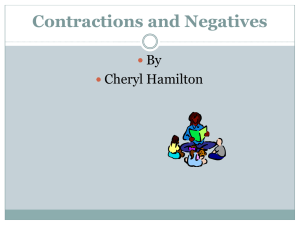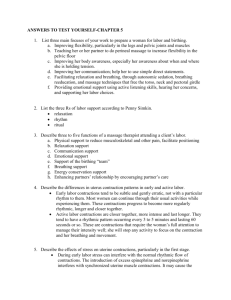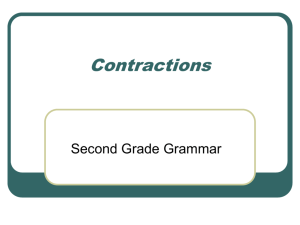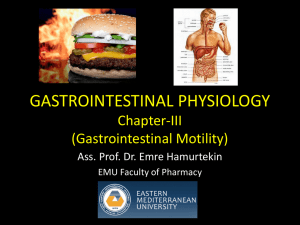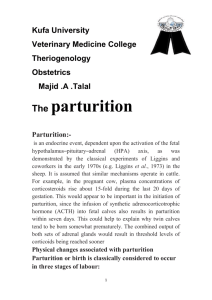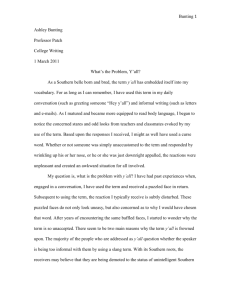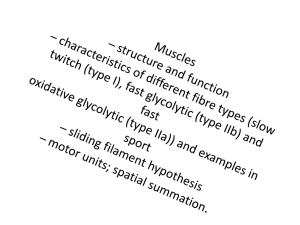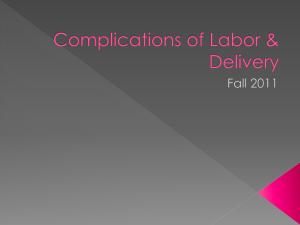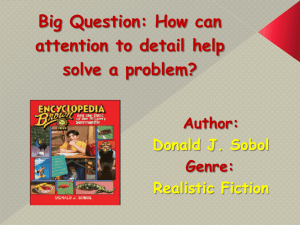SECTION 3 – lesson objectives (scaffolding, use the assessment
advertisement
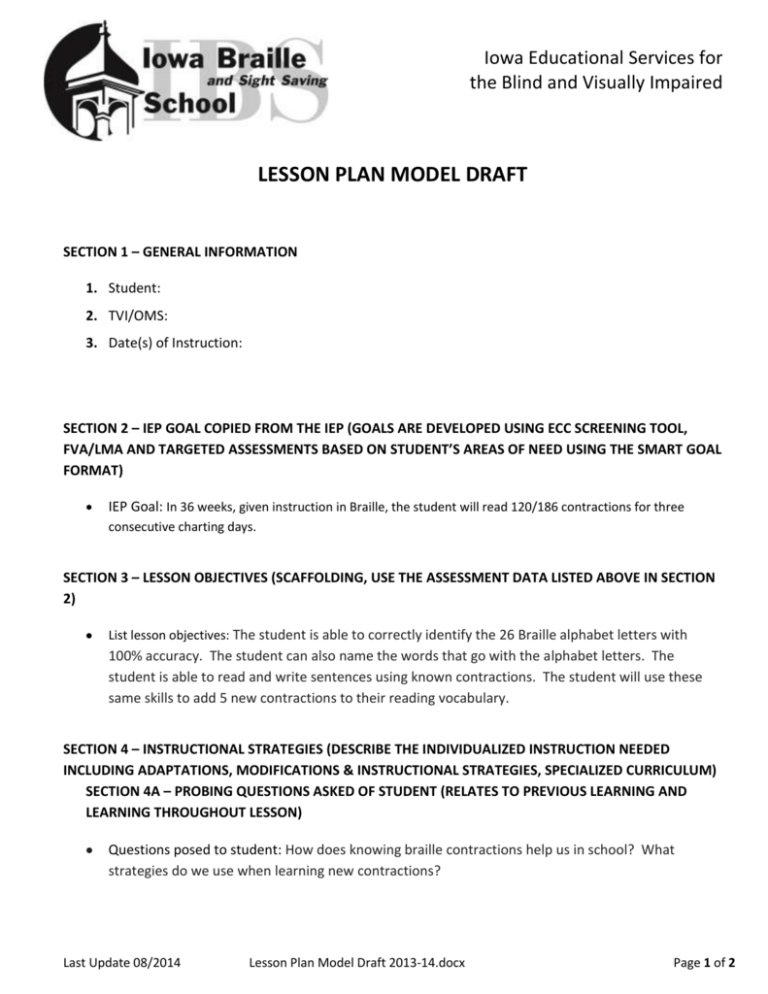
Iowa Educational Services for the Blind and Visually Impaired LESSON PLAN MODEL DRAFT SECTION 1 – GENERAL INFORMATION 1. Student: 2. TVI/OMS: 3. Date(s) of Instruction: SECTION 2 – IEP GOAL COPIED FROM THE IEP (GOALS ARE DEVELOPED USING ECC SCREENING TOOL, FVA/LMA AND TARGETED ASSESSMENTS BASED ON STUDENT’S AREAS OF NEED USING THE SMART GOAL FORMAT) IEP Goal: In 36 weeks, given instruction in Braille, the student will read 120/186 contractions for three consecutive charting days. SECTION 3 – LESSON OBJECTIVES (SCAFFOLDING, USE THE ASSESSMENT DATA LISTED ABOVE IN SECTION 2) List lesson objectives: The student is able to correctly identify the 26 Braille alphabet letters with 100% accuracy. The student can also name the words that go with the alphabet letters. The student is able to read and write sentences using known contractions. The student will use these same skills to add 5 new contractions to their reading vocabulary. SECTION 4 – INSTRUCTIONAL STRATEGIES (DESCRIBE THE INDIVIDUALIZED INSTRUCTION NEEDED INCLUDING ADAPTATIONS, MODIFICATIONS & INSTRUCTIONAL STRATEGIES, SPECIALIZED CURRICULUM) SECTION 4A – PROBING QUESTIONS ASKED OF STUDENT (RELATES TO PREVIOUS LEARNING AND LEARNING THROUGHOUT LESSON) Questions posed to student: How does knowing braille contractions help us in school? What strategies do we use when learning new contractions? Last Update 08/2014 Lesson Plan Model Draft 2013-14.docx Page 1 of 2 SECTION 4B – TEACHER MODELING OF SKILL Describe how skill(s) will be modeled: Use metacognitive process to demonstrate learning. “I have a new contraction. The teacher told me it stands for the word “again”. I recognize the letter a, g and n. This would make sense to me as it is the beginning and ending sounds and a sound for the middle. I could remember this by saying a-g-n again and again. Repeat process for each new contraction and let student make their own association of remembering the word. SECTION 4C – GUIDED PRACTICE Describe the opportunities for guided practice: Provide the words on flashcards to review and in a row and column to practice reading. Contractions will be presented in a random order with other contractions so the student is not reading the first letter only or relying on short term memory. The student will also read the contractions in context. SECTION 4D – CHECK FOR UNDERSTANDING (DESCRIBE HOW PROGRESS WAS MONITORED (FORMATIVE ASSESSMENT) AND DATA WAS USED TO MAKE INSTRUCTIONAL CHANGES. ALSO SHARE THE PROGRESS MONITORING DATA THAT WAS COLLECTED FROM THE LESSON TO BE RECORDED ON THE IEP GOAL.) Methods used to check for understanding: Teacher will note errors in recognizing contractions and ask the student questions to determine what strategies they are using to recognize the contractions during guided practice. SECTION 4E – INDEPENDENT PRACTICE (DESCRIBE HOW THE STUDENT WILL BEGIN TO GENERALIZE THE LEARNING) Describe how the student will independently practice and generalize skills: The student will read the 5 contractions in random order mixed with other known contractions in a random order presented in a row with a single space between the words SECTION 4F – WRAP-UP/REFLECTION (DESCRIBE HOW THE STUDENT WILL SUMMARIZE/REFLECT ON LEARNING FROM THE LESSON AND GENERALIZE TO FUTURE LEARNING) Describe the wrap-up: Game of “Sentence Make Up” Student will use as many contractions in a sentence as possible. The teacher and student will each make two sentences. The teacher starts, ““I ran after my dog again.” I used the contraction after (which in braille is af) and again (which in braille is agn). The teacher brailles the contraction on the Perkins brailler. The student goes next. Lesson Plan Model Draft 2013-14.docx Page 2 of 2
